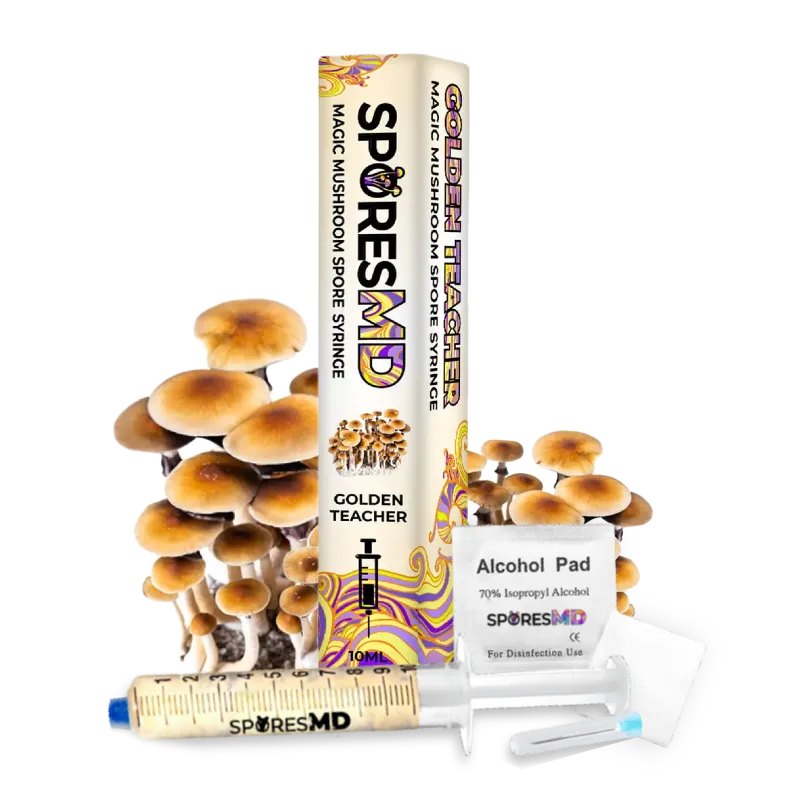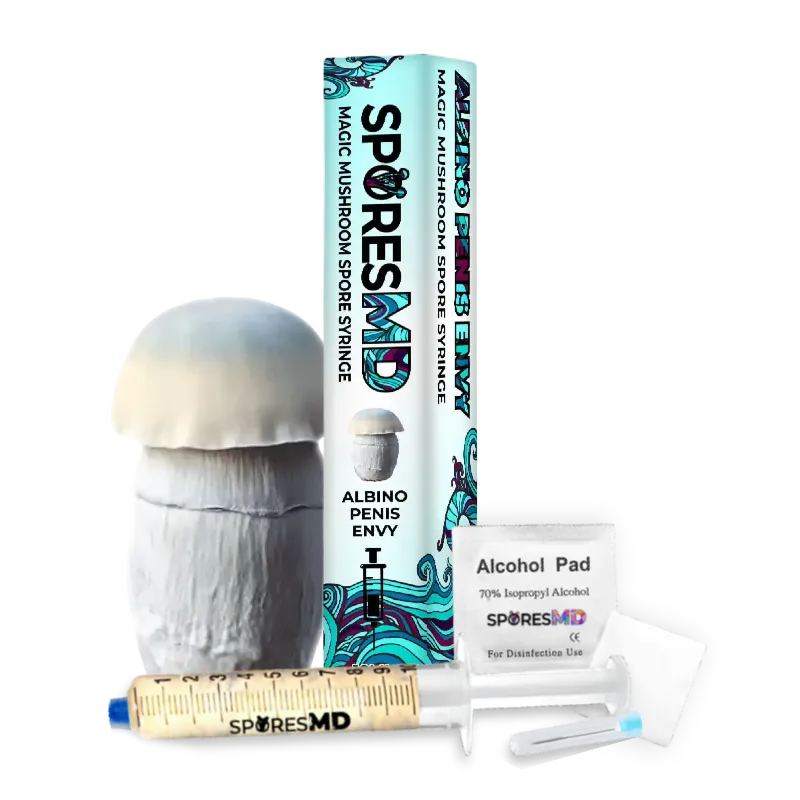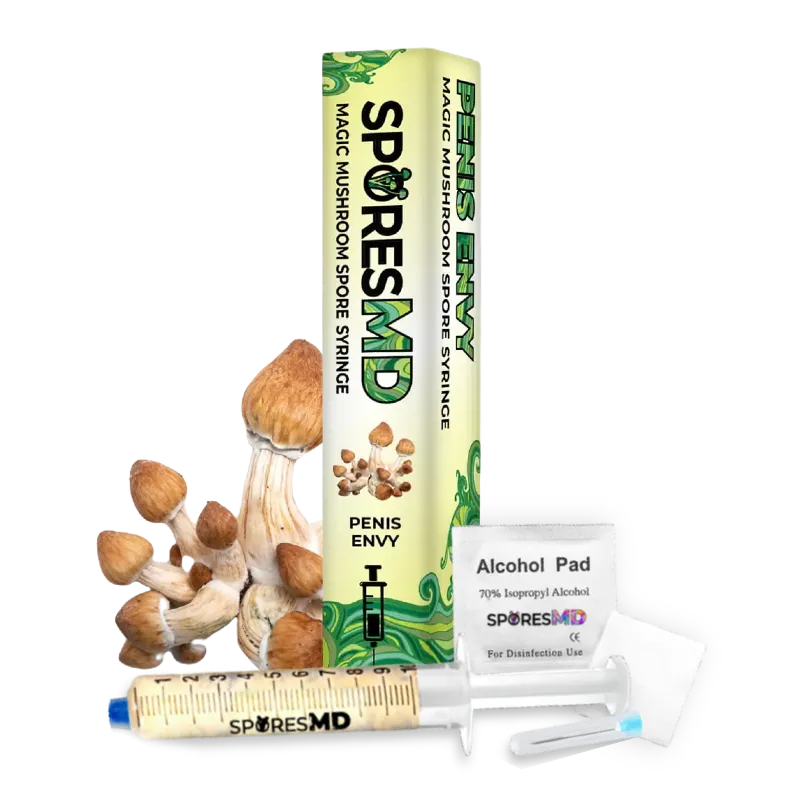Ever stumbled upon a patch of mushrooms and wondered if they’re safe? You’re not alone. The question of whether mushroom spores are toxic is one that’s intrigued many. While mushrooms can be a culinary delight, it’s essential to understand their potential risks, particularly when it comes to their spores.
In this article, we’ll delve into the fascinating world of fungi and explore the toxicity of mushroom spores. We’ll sift through scientific research and expert opinions to provide clear, accurate answers. So, whether you’re a nature enthusiast, a curious cook, or someone who’s simply stumbled upon this topic, stay tuned. This could be the information you’ve been looking for.
Key Takeaways
- Mushroom spores aren’t inherently toxic; toxicity is determined by the specific fungal species and the individual’s reaction to them.
- Misconceptions about mushroom spores, such as all of them being deadly or causing harm upon contact, are unfounded.
- Hypersensitivity Pneumonitis, lung inflammation from breathing in large quantities of certain mushroom spores, is an allergic reaction and not a toxic response.
- Exposure to large amounts of mushroom spores, especially in confined areas without proper ventilation, can lead to a variety of symptoms, including fatigue, fever, cough, and body aches.
- Safety measures like ensuring adequate ventilation, wearing gloves and masks, and sufficient knowledge about the type of mushroom can mitigate risks when handling mushrooms and their spores.
- Real-life cases highlight the importance of safety precautions, including proper ventilation and use of protective gear, to prevent health issues from mishandling mushroom spores.
Understanding Mushroom Spores
Comprehending mushroom spores requires delving into the realm of mycology, the branch of biology concerned with the study of fungi. These minute, reproductive cells, comparable to seeds in plants, bear responsibility for propagating fungal species.
According to SporesMD, mushroom spores, under the right conditions, serve as the inception point for new mushrooms. On a microscopic scale, their structure reveals an intriguing complexity.
Research by Kim et al., published in Environmental Health and Toxicology, indicates that breathing in large quantities of certain mushroom spores can lead to a condition known as Hypersensitivity pneumonitis. It’s an allergic reaction resulting in inflammation of the lungs.
Distinguished from toxicity, this reaction isn’t the result of poisonous substances within the spores but of organic dust toxic syndrome (ODTS), driven by the body’s immune response to inhaled organic dust.
Visit SporesMD’s mushroom spore syringes shop to explore diverse variants of mushroom spores. Remember to handle them responsibly, considering the potential impact on lung health.
Though daunting, it’s essential to note that most mushroom spores aren’t harmful in modest quantities. Always opt for proper preventive measures, like wearing a mask when working with large amounts of spores in enclosed spaces.
Ultimately, mushroom spores aren’t inherently toxic. Toxicity correlates to the specific fungal species they belong to and the individual’s reaction to them. Hence, a nuanced understanding of mushroom spores becomes vital in appreciating their intriguing world.
Debunking Myths About Mushroom Spores
Let’s clear some misconceptions about mushroom spores. Yes, inhaling large quantities in confined areas might result in Hhypersensitivity pneumonitis. But, remember, it’s an allergic reaction, not toxicity. There’s a difference! Most mushroom spores pose no threat in small amounts. While precautionary measures like masks are recommended, their toxicity is often misinterpreted.
Myth 1: All mushroom spores are deadly.
Quite the opposite. A vast majority of mushroom spores are harmless. Only certain types like Hysterobrevium mori could result in lung inflammation.
Myth 2: Even touching mushroom spores is perilous.
Not true. Unless you are allergic, direct contact with spores will not harm you.
Myth 3: Mushroom spores are toxic when ingested.
False again! Edible mushrooms are consumed daily worldwide without toxic effects. Just remember, proper identification of the mushroom type remains critical.
Examining the Toxicity of Mushroom Spores
Misconceptions about the toxicity of mushroom spores abound. It’s crucial to distinguish facts from such myths. For instance, most mushroom spores pose little to no damage to humans when handled or ingested in small amounts. Remember, the toxicity lies not in the spores themselves, but in specific types of fungi.
Taking a Closer Look at Mushroom Spores
Mushroom spores, essentially, are tiny fungi seeds. They facilitate the reproduction of mushrooms and typically scatter into the environment to spread their species. Rarely do these spores exhibit toxicity and direct contact with skin or ingestion does not provoke adverse reactions in most cases.
Misunderstanding the Role of Mushroom Spores
It’s not uncommon to misconstrue mushroom spores as toxic. This misunderstanding, however, results in an unwarranted fear of these spores, which play a critical role in mycology, the study of fungi. Consider exploring a variety of mushroom spores at Spores MD to enhance your understanding and alleviate any misconceptions.
Instances of Adverse Reactions to Mushroom Spores
There are certain conditions, like Hypersensitivity Pneumonitis, caused by inhaling excessive amounts of certain mushroom spores, leading to allergic reactions. Remember, such cases are exceptions, not the rule. It’s significant to exercise caution when handling mushroom spores, specifically in confined locations with poor ventilation.
The real danger lies not in the spores but the distinct type of mushroom they originate from. Consuming poisonous mushrooms causes potential harm, indicating the importance of accurate mushroom identification.
Effects and Symptoms of Mushroom Spore Exposure
Exposure to mushroom spores, particularly in high quantities, triggers significant symptoms. Foremost among these ailments stands Hypersensitivity Pneumonitis, as previously noted. However, allergic reactions are just the tip of the iceberg, and myriad symptoms can manifest post exposure.
Feeling of unwellness is common, marked by fatigue, weakness, and general malaise. Specific symptoms include fever, cough, and shortness of breath and even more severe effects such as chills, loss of appetite, and body aches. Instances of these symptoms intensify in the absence of correct ventilation.
Consider the following key symptoms:
- Fever and Chills: Spore exposure often triggers a mild fever, accompanied by chills, which is an immune response of your body.
- Cough and other respiratory symptoms: As the spores are inhaled, lower respiratory tract symptoms like persistent dry cough, chest tightness and difficulty in breathing, become apparent.
- Body Aches and Fatigue: You may experience overall body aches and a significant drop in energy levels, leading to fatigue.
For a comprehensive understanding of mushroom spores, and their effects, visit Spores MD. Remember, knowing about the potential harm and allergy threats presented by the spores can be your first line of defense. Stay informed, and adopt safe practices while handling or being around mushrooms and their spores. To shop for mushroom spores or any related goods, your reliable destination is the Spores MD Shop.
Safety Measures When Handling Mushroom
Always prioritize safety when you interact with mushroom spores. While reducing exposure to airborne spores, especially in large quantities, enhances your well-being, there exist specific safety measures to observe.
Ensure adequate ventilation in your working area. Mushroom spores occasionally trigger allergic reactions, including Hypersensitivity Pneumonitis, when inhaled. Adequate ventilation minimizes such outcomes according to this report.
Handle mushrooms with clean, dry hands. This simple habit minimizes the chances of spreading harmful bacteria, which exacerbates infections. Additionally, it’s good practice to wash hands thoroughly after handling mushroom or spores.
Wearing the right protective gear when handling mushrooms, particularly gloves and masks, benefits your health. Gloves provide a barrier that reduces direct contact with the spores. Masks filter out the airborne spores, minimizing the chances of inhaling them.
Research thoroughly about the type of mushroom or spores you’re handling. Various mushrooms, like Amanita phalloides, are notorious for their toxic properties, and gaining knowledge about enables you to protect yourself better. You can find a lot of valuable information from this mushroom spore site.
Proper storage is crucial. Most mushrooms thrive in cool, damp environments. Consequently, storing them in such places maintains their quality and prevents them from dispelling many spores into the air.
These safety measures play a pivotal role in ensuring that the fear of mushroom spores toxicity doesn’t overshadow the benefits and fascination these organisms command.
Real-Life Cases and Experiences
While prolonged exposure to any spores can trigger physical reactions, it holds true specifically for mushroom spores. To shed light on this, let’s delve into three actual instances illustrating the impact and hazards of mishandling mushroom spores.
Take the case of a 50-year-old man. After continuous interaction with mushroom spores sans protective gear, he developed Hypersensitivity Pneumonitis, a lung condition. This manifests the importance of not undermining safety measures, like wearing masks, during exposure to mushroom spores.
Then, we’ve the report of a woman unknowingly inhaling airborne mushroom spores in a poorly ventilated room. She experienced throat irritation and frequent coughing, reinforcing the need for proper ventilation when dealing with mushrooms or their spores.
Lastly, a teenager who’d just begun experimenting with mushroom spores encountered skin irritation after carelessly handling a psychedelic mushroom. It exemplifies how researching the types of mushrooms and their potential risks can go a long way in preventing such reactions.
Taken together, these real-world experiences underscore the significance of adhering to safety protocols around mushroom spores. If these precautions are followed, they allow not only for the safe handling of mushroom spores but also for a balanced appreciation of these fascinating organisms.
Conclusion
You’ve learned that mushroom spores aren’t inherently toxic. It’s the specific fungi they come from that can pose a risk. That’s why it’s crucial to handle them with care to avoid conditions like Hypersensitivity Pneumonitis. Safety measures, such as adequate ventilation and protective gear, are your best friends when dealing with spores. Real-life cases have shown the dangers of mishandling mushroom spores, from lung conditions to skin irritation. So, remember to respect these organisms and always follow safety protocols. Wear masks, ensure proper ventilation, and never forget to do your homework on the types of mushrooms you’re dealing with. This way, you can enjoy the fascinating world of mycology without putting your health at risk.

![Decoding the Mystery: Are Mushroom Spores Toxic? [Essential Safety Tips]](https://sporesmd.com/wp-content/uploads/2024/04/tFnj5hPPc_lT2vpi4PAtv.jpeg)



